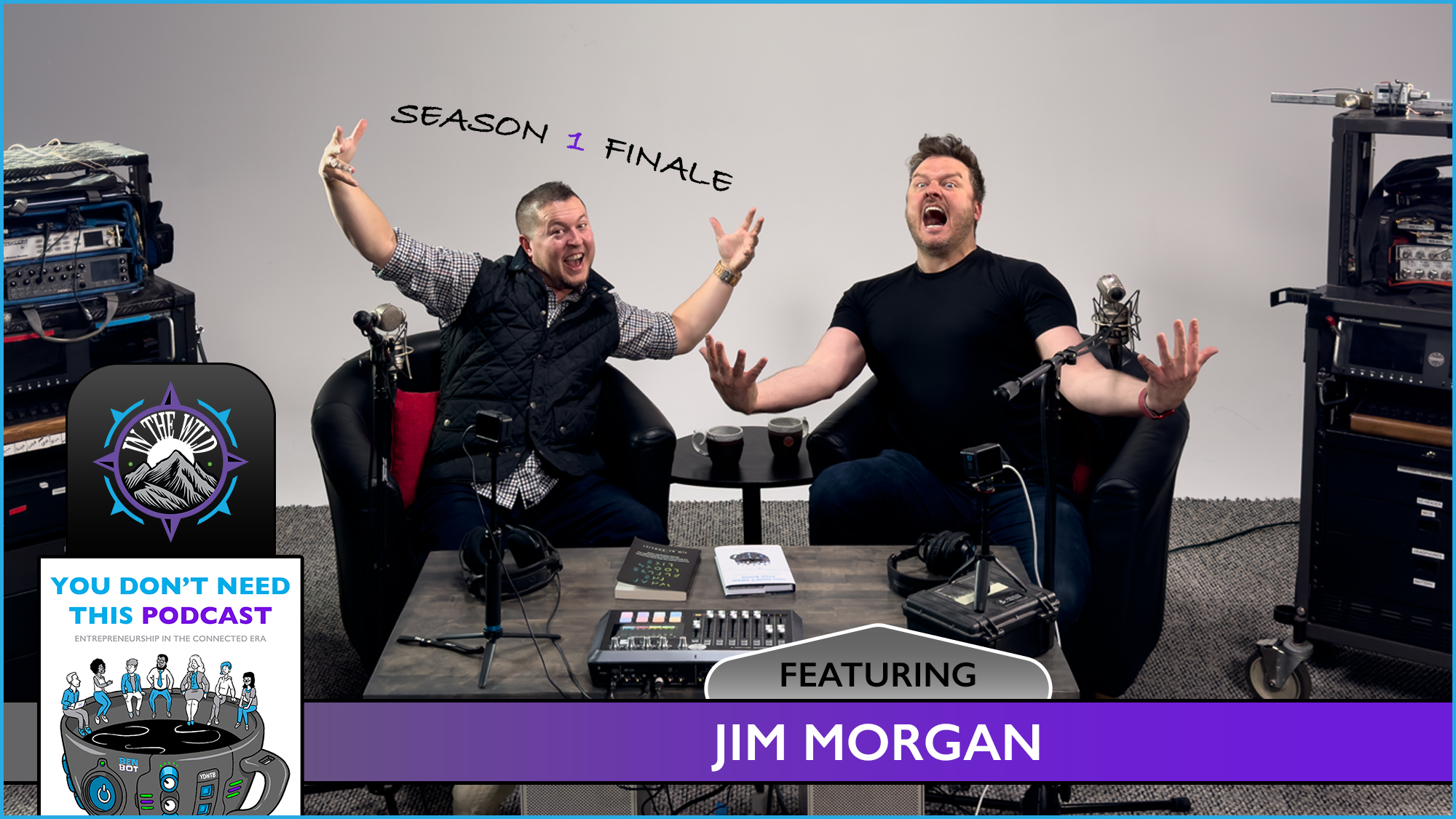
SEASON 1 FINALE!
Ben McDougal and Jim Morgan compose a symphony of sound and share BIG news to tie a beautiful bow on a sensational season of You Don’t Need This Podcast!
Recorded at the largest sound stage in Minnesota, together we jam on producing new music every day, sleeping in a kick drum, and being a part of other artist’s creative process. Before the break, we hear the story of Conduit Sound, then celebrate pure wonder and serendipity by talking about inspired leadership within creative, inclusive, and open environments.
In a special break without commercials (17:30), you’ll be first to hear news of the brand new Collector Hardback Edition of You Don’t Need This Book: Entrepreneurship in the Connected Era! This relic is now available in limited supply, so click here to experience the feel of finished.
After the break, we put hands on the author’s proof for the Collector Hardback Edition of YDNTB! We then click into AI within music and transitioning from behind the camera to in front of an audience. We close by appreciating the support of family, invite you to ship your own art, and fight to a fun finish for Season 1. Thanks to listeners who have been a part of this experience and to all who have helped evolve this idea into a reality.
Wait…there’s more! You’ll want to stick around for the last drop, as BEN BOT articulates a transmission from the future. Revisit timeless insight from all 55 episodes at YouDontNeedThisPodcast.com as we get ready for next.
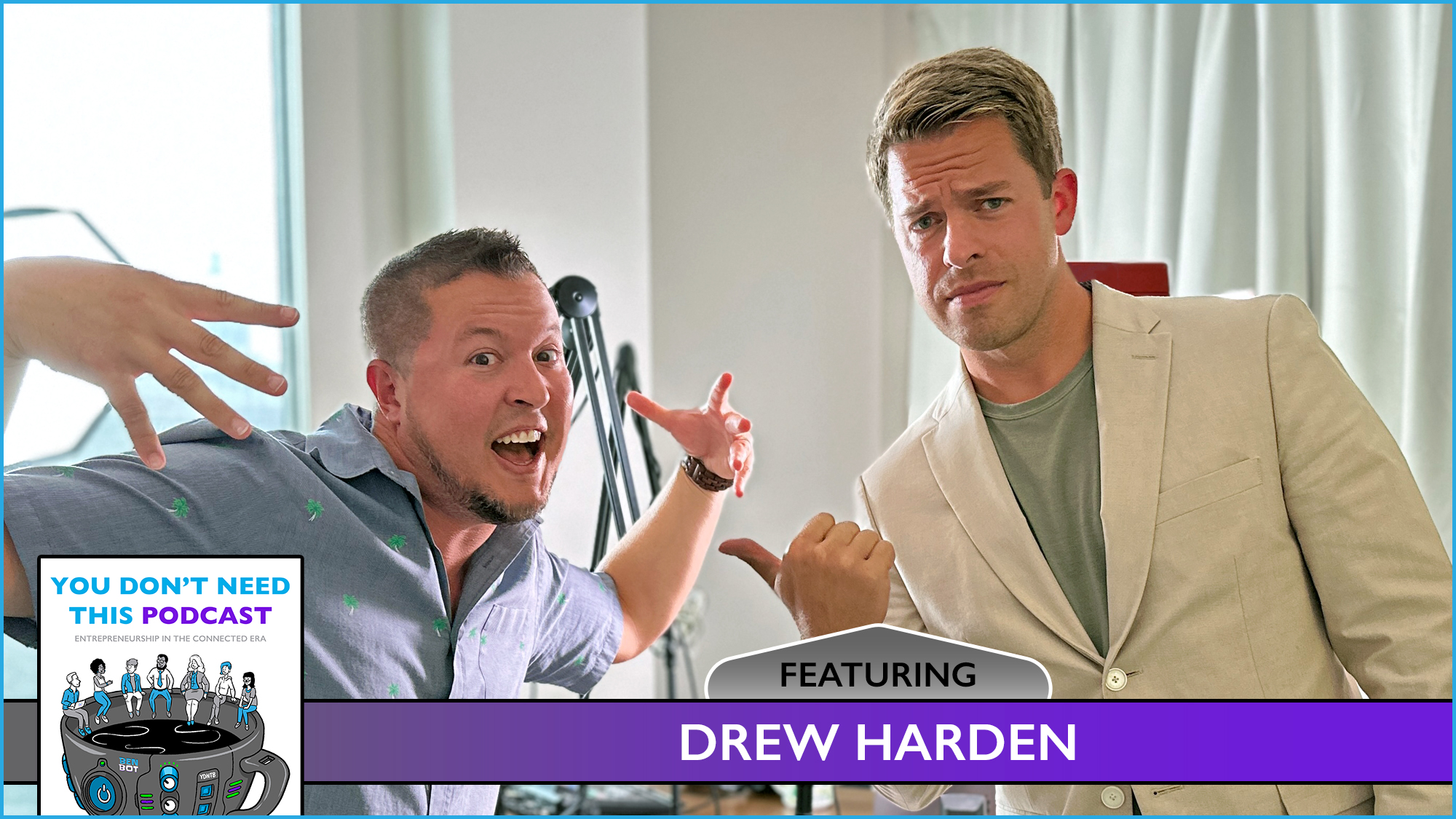
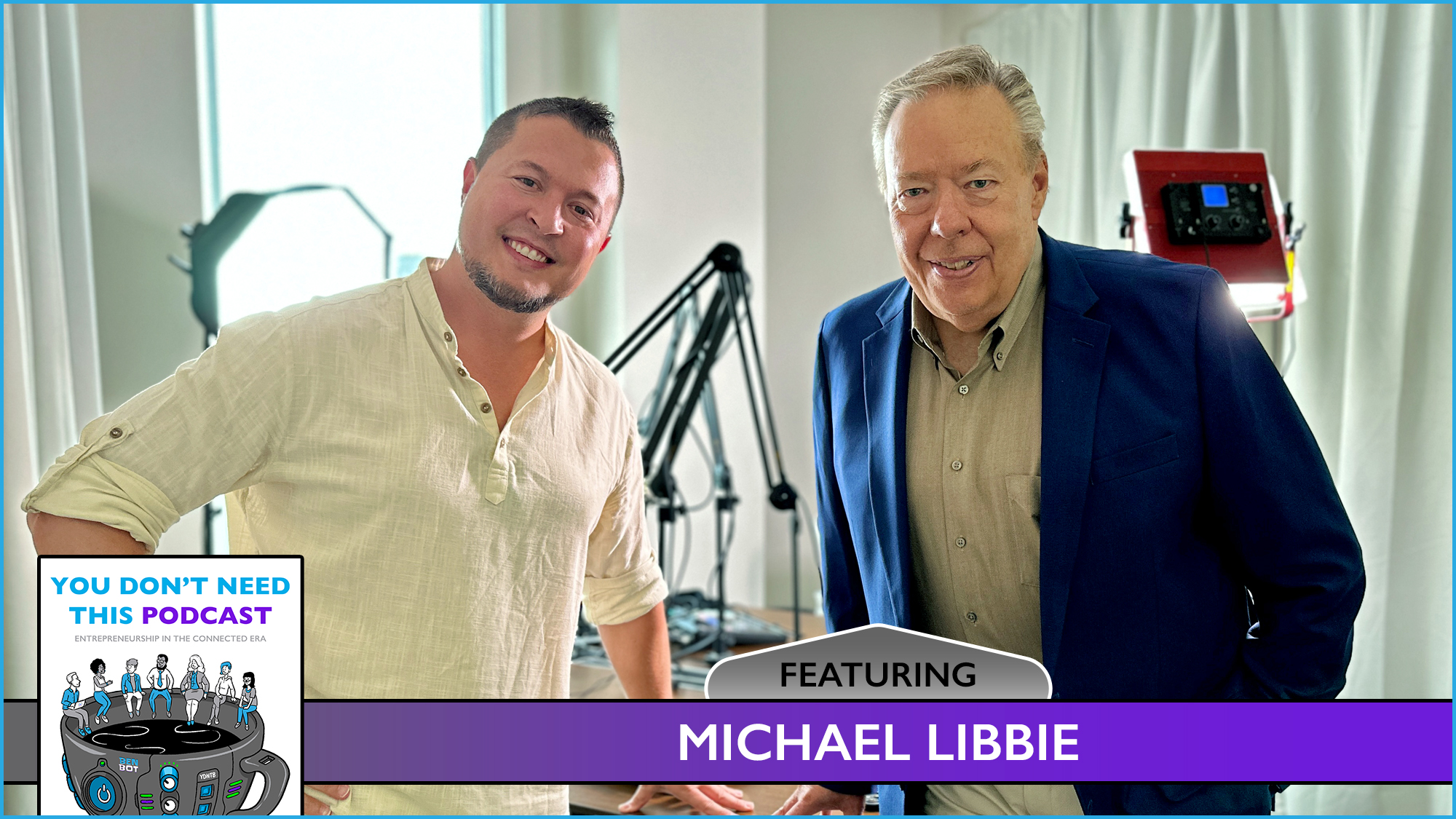
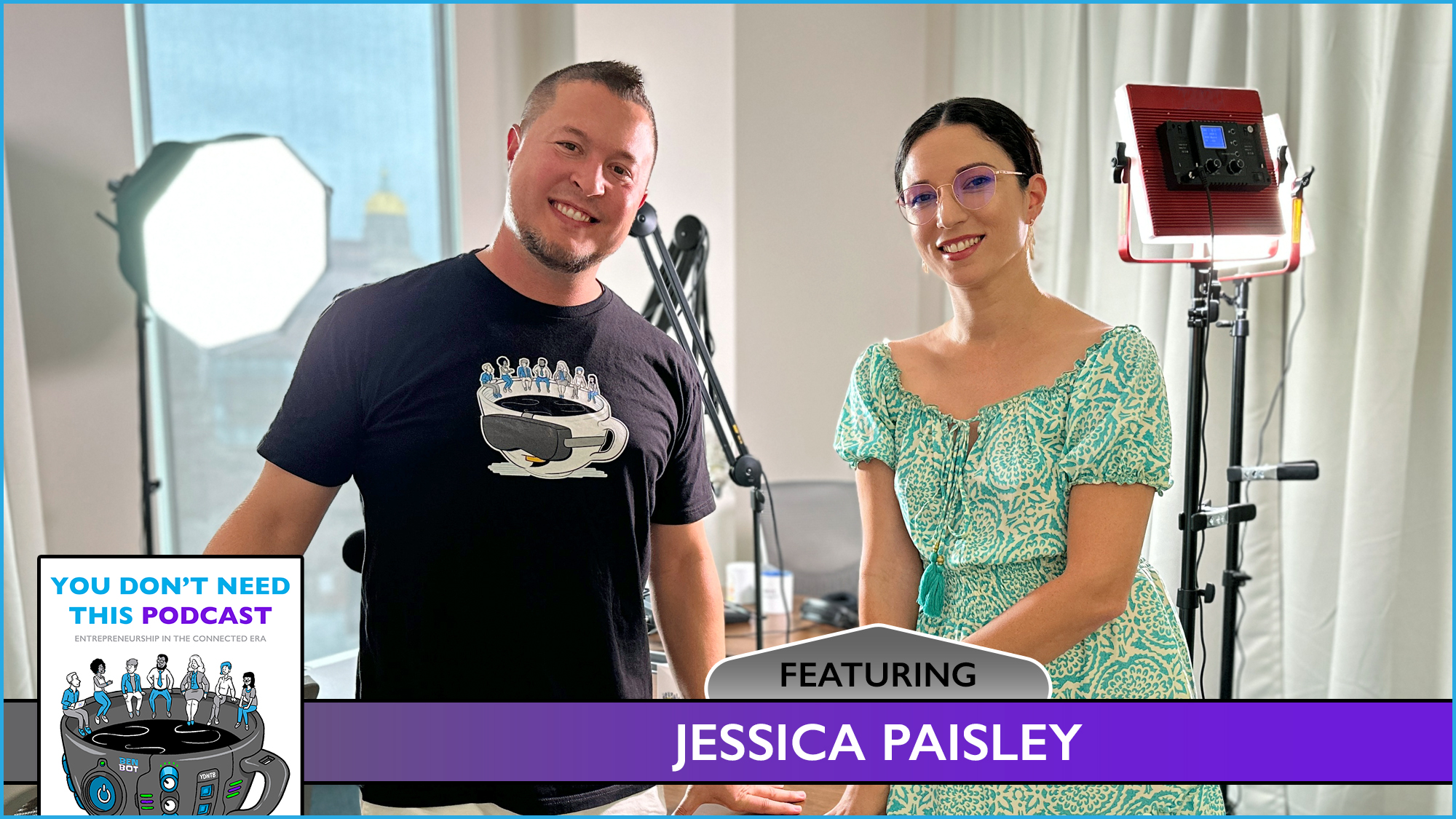
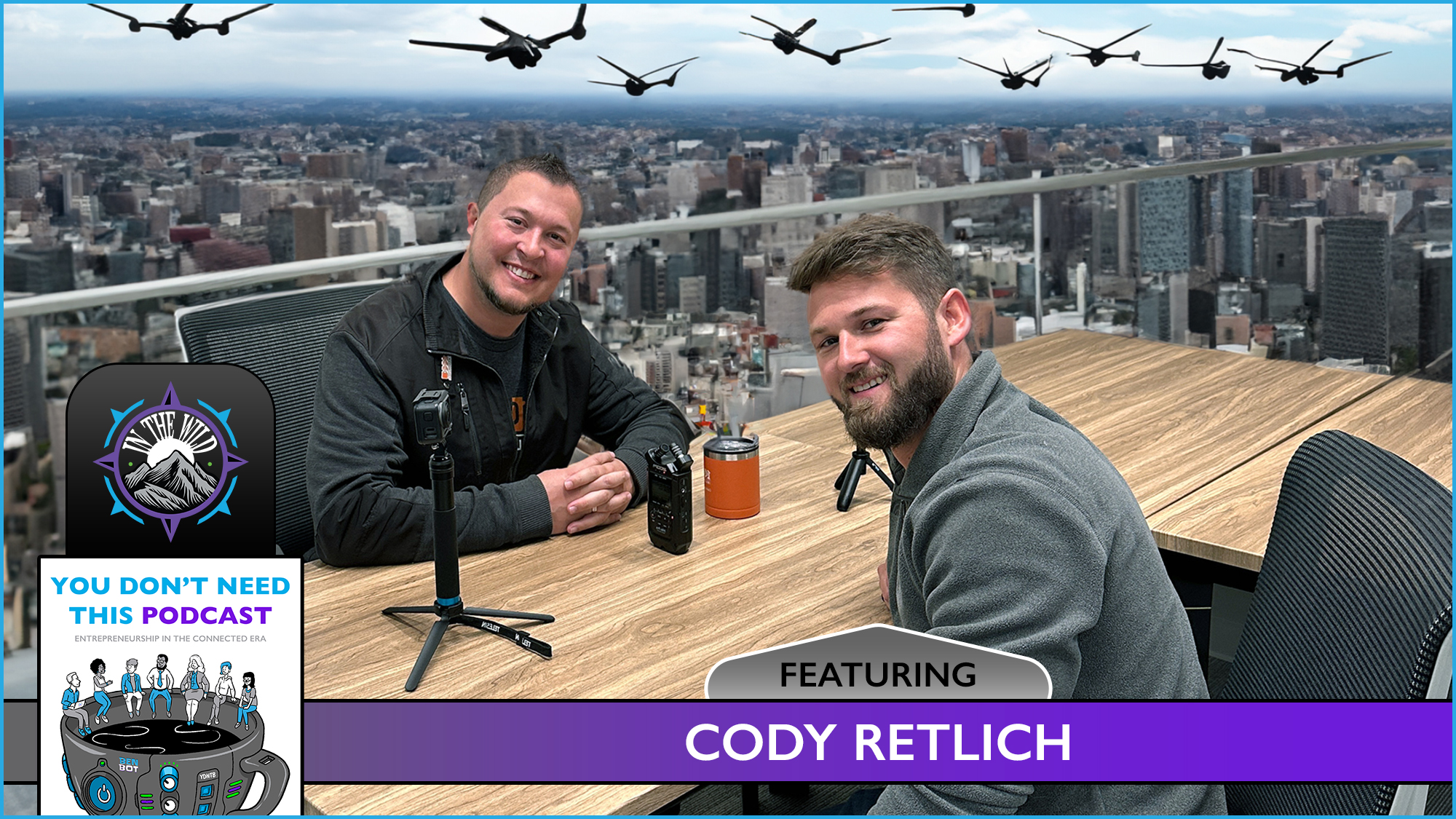 Cody Retlich
Cody Retlich